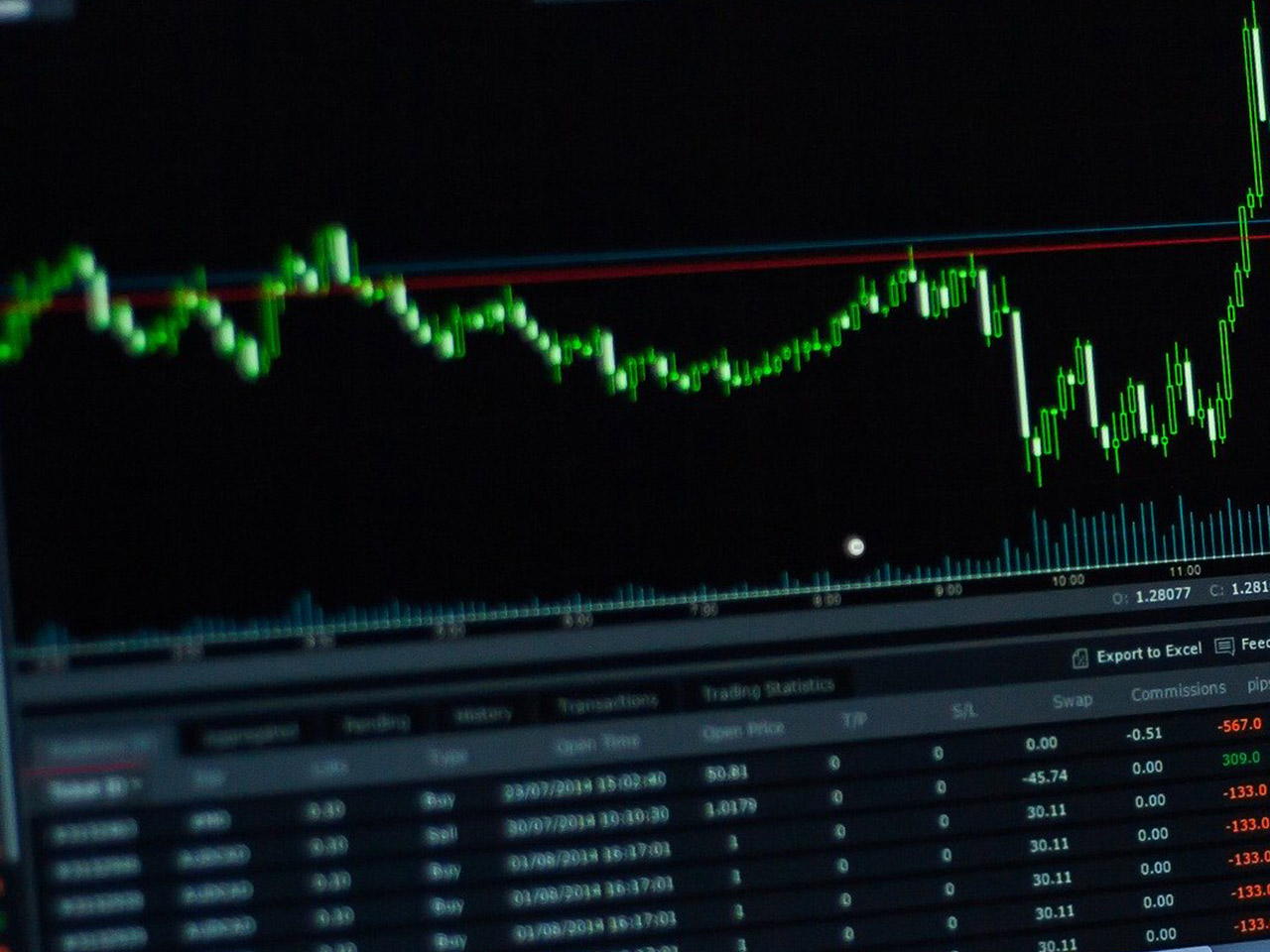Walmart Inc. (NYSE: WMT), a stalwart in the consumer defensive sector, continues to be a beacon for investors seeking stability and growth in the discount retail industry. With a market cap of $682.63 billion, Walmart’s global footprint extends across retail and wholesale operations, eCommerce platforms, and innovative digital services, positioning the company as a formidable player in the retail space. Let’s delve into the financial and strategic aspects that make Walmart an attractive proposition for investors.
Currently priced at $85.15, Walmart’s stock is trading within a 52-week range of $58.85 to $105.05. While the stock has seen a minor dip of 0.01% recently, the analyst community sees significant potential for appreciation. The average target price of $108.23 suggests a potential upside of 27.11%, making it an enticing opportunity for those looking to capitalize on growth in the retail sector.
Walmart’s performance metrics further underscore its robust operational health. The company has achieved a revenue growth of 4.10%, complemented by a return on equity of 21.41%, which speaks volumes about its efficient capital management. Notably, Walmart has generated a substantial free cash flow of approximately $7.93 billion, providing it with ample liquidity to reinvest in business expansion and shareholder returns.
For income-focused investors, Walmart offers a dividend yield of 1.10%, with a payout ratio of 34.44%. This prudent payout strategy ensures that the company retains sufficient earnings for growth initiatives while rewarding shareholders with consistent dividends.
Analyst sentiment towards Walmart remains overwhelmingly positive, with 38 buy ratings, 4 hold ratings, and only 1 sell rating. These ratings highlight the confidence in Walmart’s strategic direction and its ability to navigate the competitive retail landscape effectively. The target price range of $63.00 to $120.00 provides a broad scope for potential appreciation, reinforcing Walmart’s attractiveness as a long-term investment.
Technically, Walmart’s stock reflects a mixed sentiment. The 50-day moving average stands at $94.39, while the 200-day moving average is at $83.36. With an RSI of 44.36, the stock is in neutral territory, suggesting neither overbought nor oversold conditions. The MACD and Signal Line indicators, both slightly negative, point to a mild bearish trend, which investors might interpret as an opportune moment to buy before a potential rebound.
Walmart’s diversified product offerings and its strategic expansion into digital payment platforms and financial services further strengthen its competitive edge. From groceries to electronics, and health and wellness to financial services, Walmart continues to evolve, adapting to consumer needs and technological advancements.
In the ever-changing retail environment, Walmart’s strategic initiatives and solid financial foundation position it well for sustained growth. For investors seeking a blend of stability, income, and growth potential, Walmart Inc. presents a compelling case. As the company continues to leverage its vast resources and innovative capabilities, it remains a cornerstone investment in the consumer defensive sector.
The information in this article should not be taken as advice. Readers should conduct their own due diligence and seek independent financial advice before making any investment decisions.





































